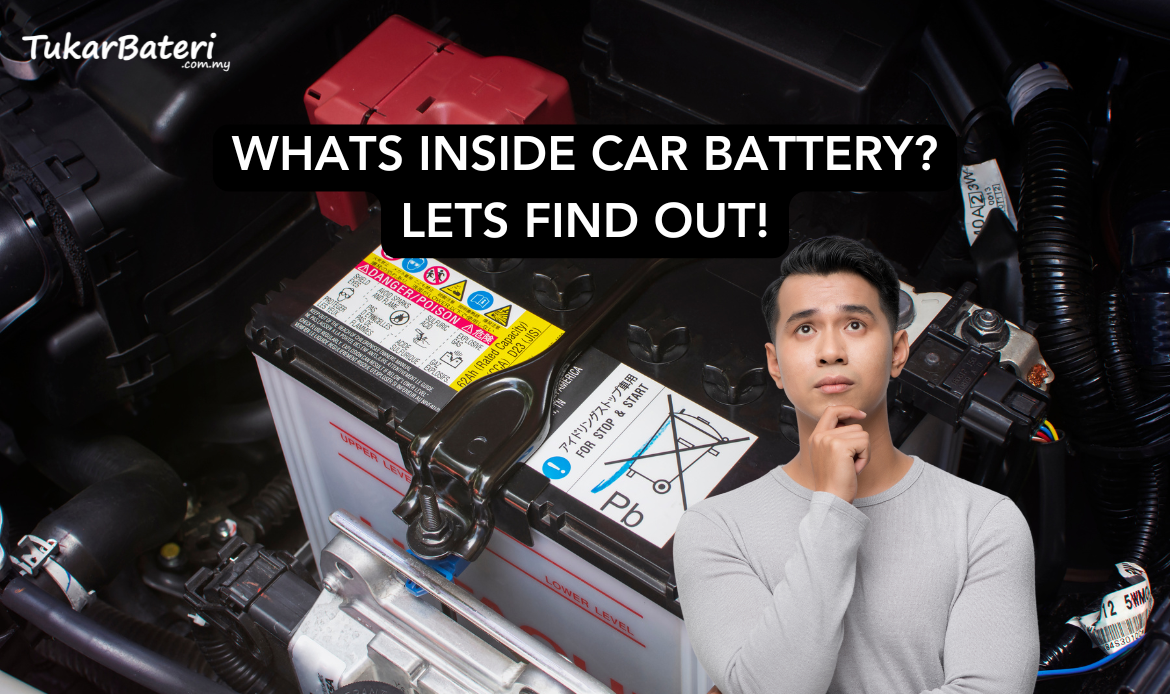Table of Contents
A typical car battery, also known as a lead-acid battery, is a device that stores and releases electrical energy by chemical reactions between lead plates and sulfuric acid electrolytes. Inside a car battery, you will find the following components:
- Plastic Case: The plastic casing is used to hold and protect the battery’s internal components.
- Lead Plates: The battery consists of several lead plates, which are usually made of a lead-antimony alloy. These plates are coated with a paste made of lead oxide, which reacts with the sulfuric acid electrolyte to produce a chemical reaction that generates electrical energy.
- Sulfuric Acid Electrolyte: The electrolyte is a mixture of water and sulfuric acid, which fills the space between the lead plates. It is a crucial component of the battery as it is the medium through which chemical reactions take place to produce electricity.
- Separator: The separator is a thin material layer that sits between each lead plate. It prevents the plates from touching and causing a short circuit while still allowing the electrolyte to flow freely.
- Terminal Posts: These are the metal posts located on the top of the battery, which connect the battery to the car’s electrical system. There is a positive (+) and negative (-) terminal post.
- Vent Caps: The vent caps allow gases generated during the chemical reaction to escape from the battery. They also prevent electrolytes from splashing out of the battery.
Overall, the chemical reactions between the lead plates and sulfuric acid electrolytes create a voltage potential, which produces electrical energy. The energy can be used to power the car’s electrical systems or to start the engine.
What Are Cold Cranking Amps?
Cold Cranking Amp (CCA) refers to how much current a battery can deliver for 30 seconds at a cold temperature. The bigger the engine, the more power it needs to start, similar to starting a car for the first time on a cold day. High CCA values are important for typical automotive batteries because in sub-zero regions, a wet, deeply discharged battery can freeze.
How the Car Battery Recharges
The alternator contributes as a charger for the car’s battery while the car is running. This part also powers the car’s electronics while driving. It is driven by the engine via an alternator belt. As the belt rotates, an electrical current is generated to operate the vehicle’s electronics. It also transfers some power back to the battery to charge it. A voltage regulator controls this current flow to keep it steady and provide the right amount of charge to meet demands such as running air conditioning or heating. It also protects the battery from overcharging which can damage it.

